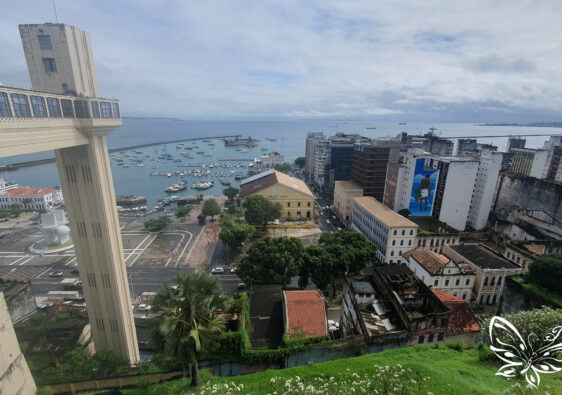Travel is never a matter of money but of courage.
Paulo Coelho
Why Uruguay?
Good question. I think because:
- I like to visit many countries, so if I have the chance to catch one more, I take it
- Uruguay is very close to Buenos Aires and as such I expected good transfer services
- I didn’t know much about Uruguay, as it’s rather small and hidden (except for football)
How I would answer it after visiting Montevideo, Punta del Este, and Colonia del Sacramento:
- people in Uruguay are so friendly and helpful, I felt so safe even when walking around at night (normally a no-go in South America)
- the risk for robberies is rather low, I could even leave my bag at the beach to go swimming without being robbed
- the price level is rather high for South American standards, so there are fewer immigrants from poor countries and as such lower rates of criminality
- people are dressed quite well and even wear watches and jewelry on the streets (haven’t seen that since I entered South America)
- the population is very diverse, I have recognized people having different Latino, European, Asian, Indian, Caribbean, and African ancestors
- there are even wheelchairs at the bus terminal and extra doors on the bus for wheelie-lifts (have never seen this feature at any of my destinations within South America until now)
- I recognized certain laws with which places can get certified to be accessible

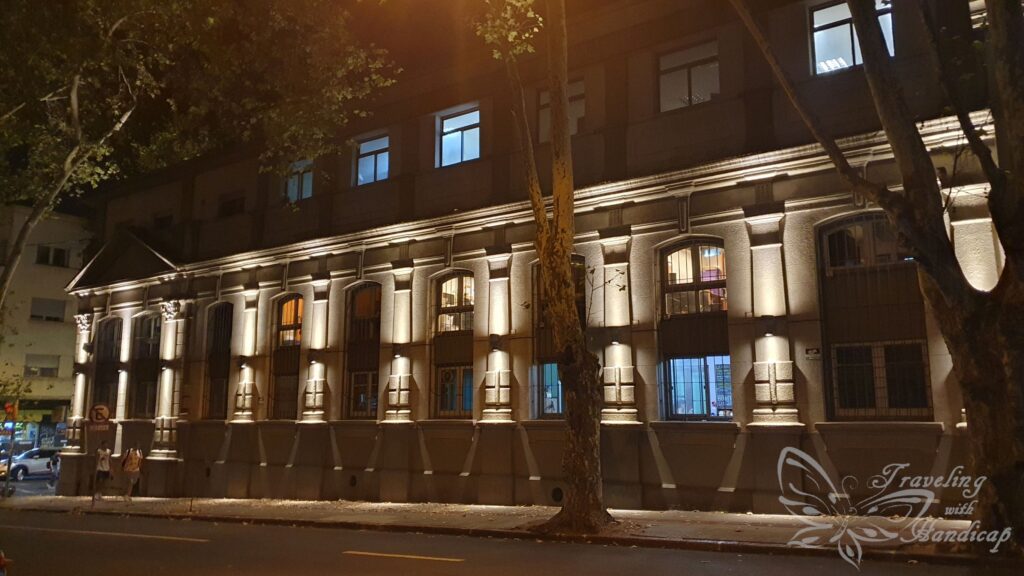
Uruguay is a rather expensive destination to visit, especially compared to its direct neighbor Argentina. I most likely wouldn’t visit only Uruguay. However, if you decide to visit Buenos Aires (which I highly recommend), you should also include a trip to Uruguay. You could visit Colonia del Sacramento as a day-trip from Buenos Aires, though I recommend visiting Montevideo. I stayed in Uruguay for 5 days and checked out Montevideo, Punta del Este and Colonia del Sacramento.
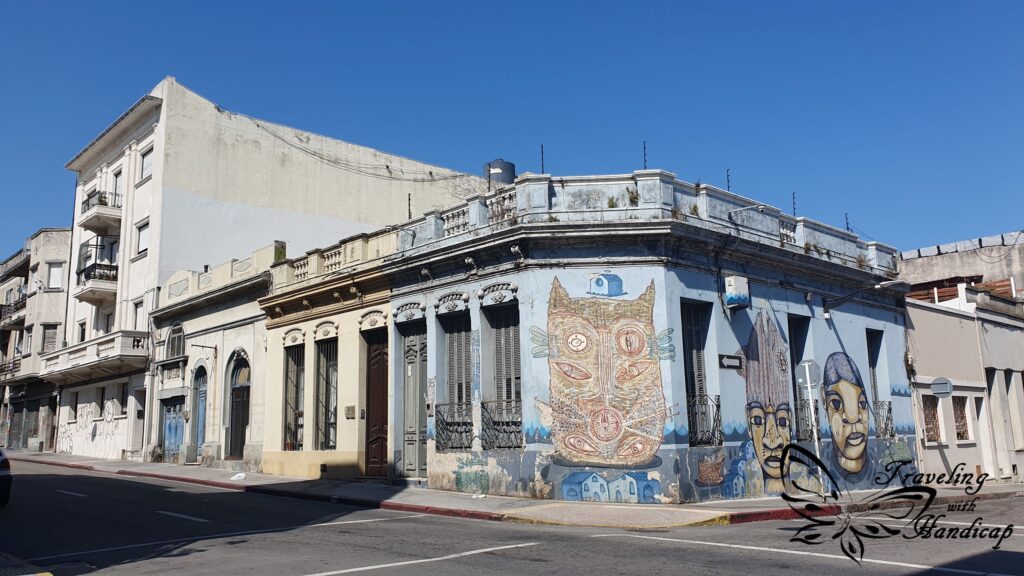
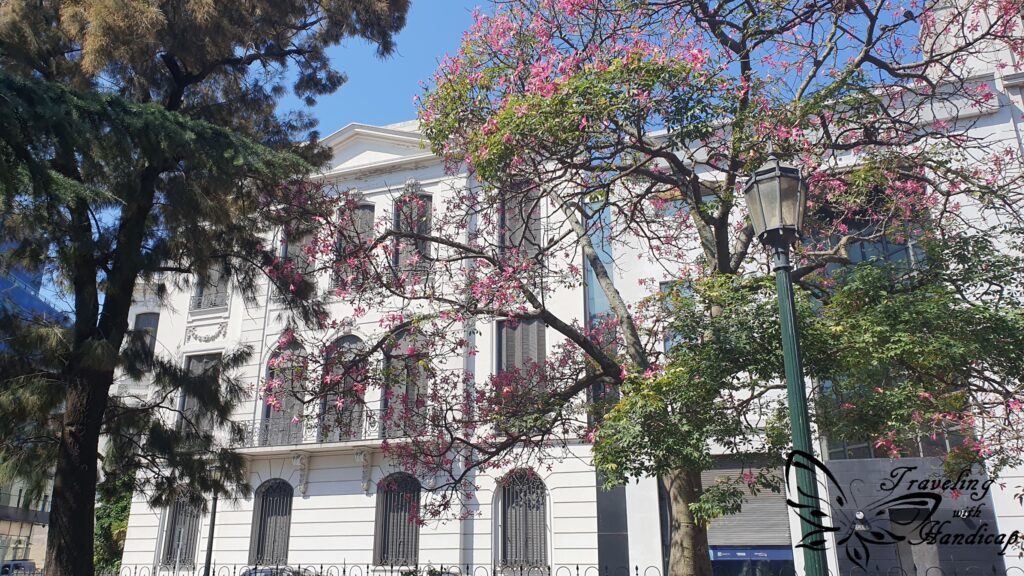
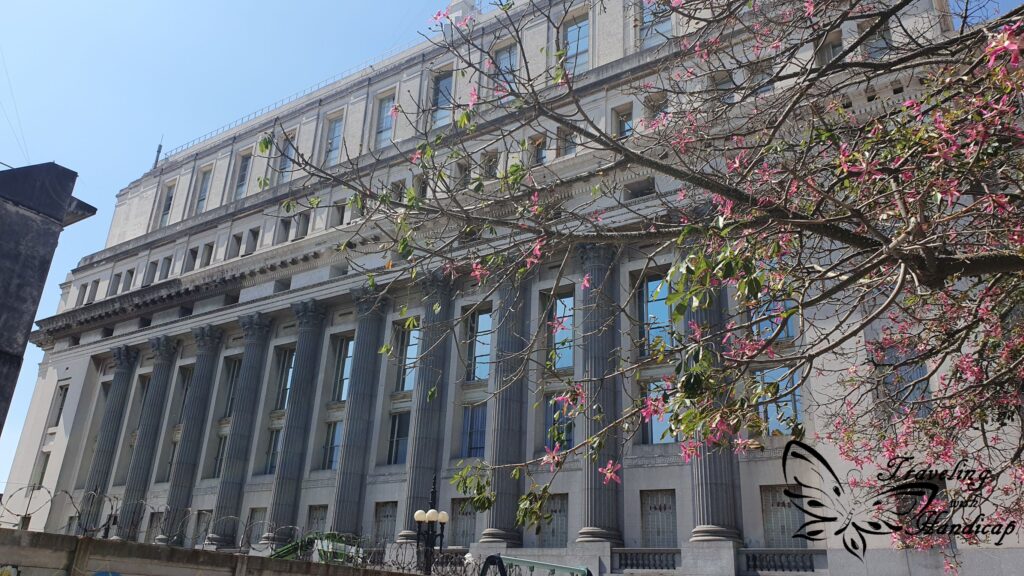
A typical food for Uruguay is Chivito, very good but also heavy. Similar to Argentina, people have 4 meals a day. Breakfast, lunch, medialuna (similar to breakfast, just like British tea time), dinner (very late).
Montevideo, the capital
Montevideo is far bigger than its center, though, I focused on its central part. There are plenty of buses within Montevideo which you either pay in cash or with a tapping card similar to the SUBE in Argentina. Since I didn’t get the card for the 2 bus-rides, I changed a little amount of Argentinean pesos to have some 200 Uruguayan pesos. Sure, the exchange rate was not the best, but 200 Pesos are also not worth getting cash out as I could pay everything else by card. A bus ride is 52 pesos cash or 36 pesos (~1 USD) if you pay by that card.
I stayed at a very affordable place, similar to a hostel, close to the Plaza de los Treinta y Tres. Without heavy luggage, it is even in walking distance to the bus station. Moreover, it is also conveniently located to walk around in both the centro and ciudad vieja. I will list the spots I liked when walking around for a whole day. To visit these places, one day is sufficient. On the day I explored Montevideo, two cruise boats were in with many (elder) tourists also exploring these places for a day.



Centro
- Plaza de los Treinta y Tres
- Avenida 18 de Julio
- Cagancha Square
- Plaza Juan Pedro Fabini
- Salvo Palace
- Plaza Independencia
- Puerta de la Ciudad
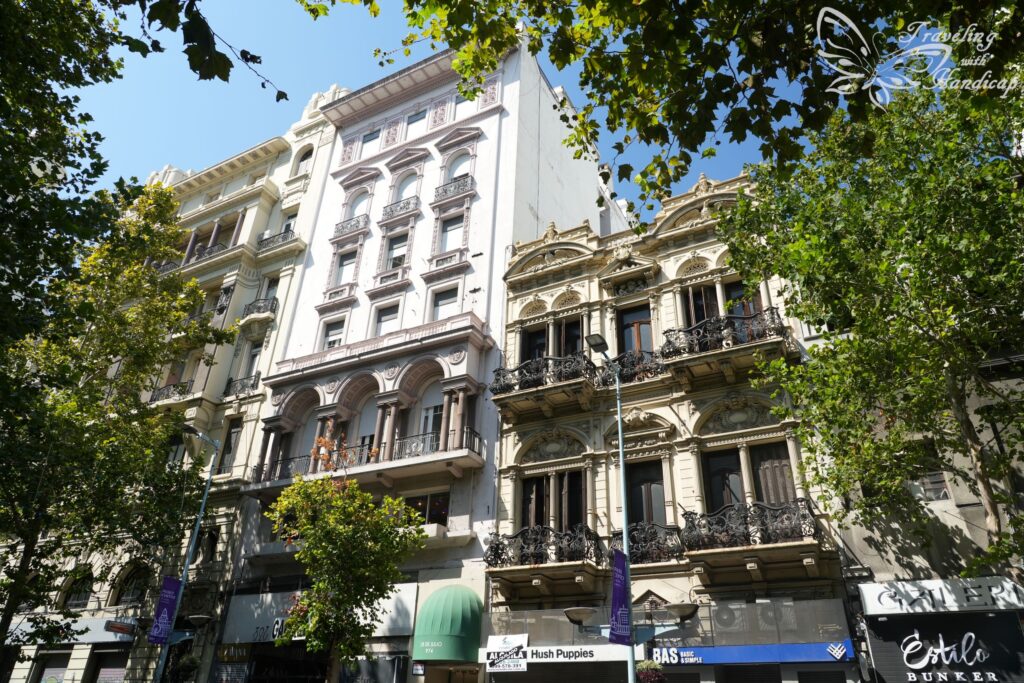




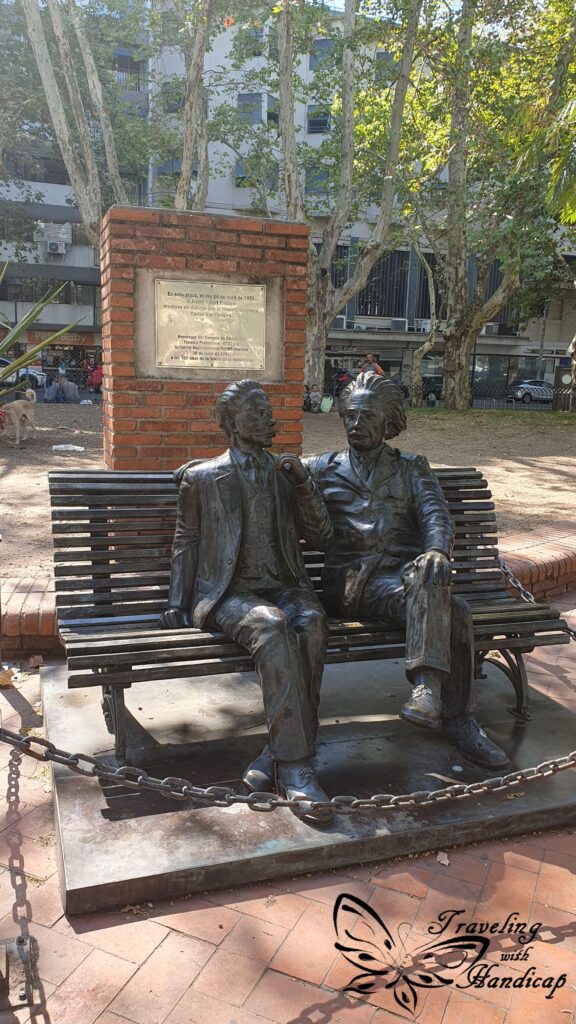

Ciudad Vieja
- Sarandí
- Zabala Square
- Puerto Market
- Antiguo Respirador de Colector
- South Hub
- Plaza de la Diversidad Sexual
- Constitution Plaza

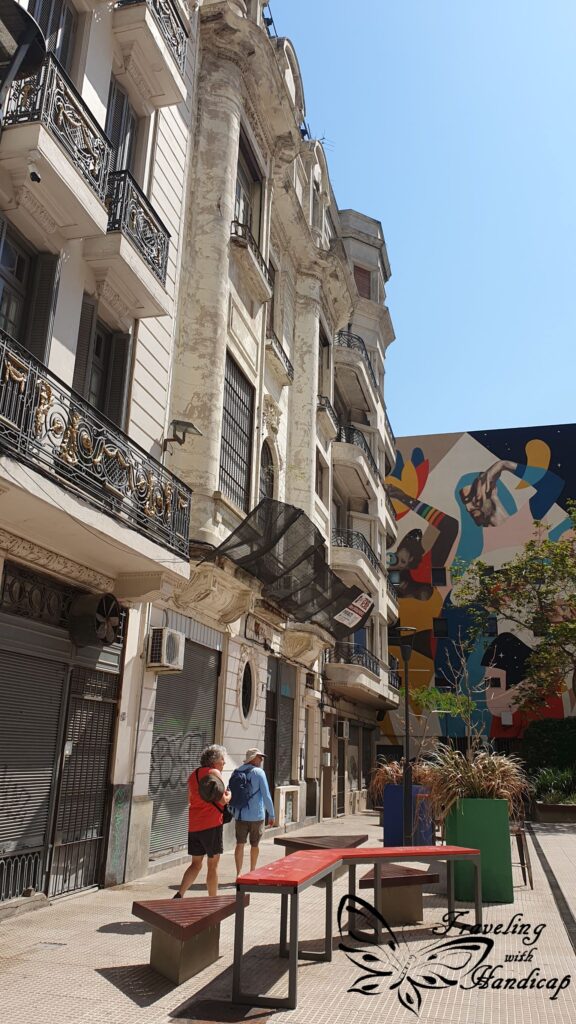


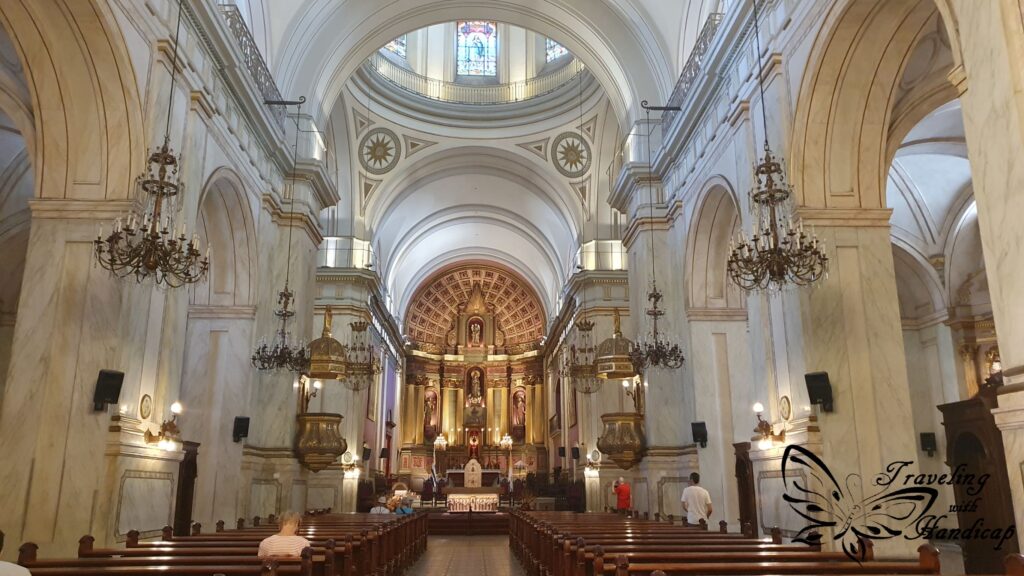

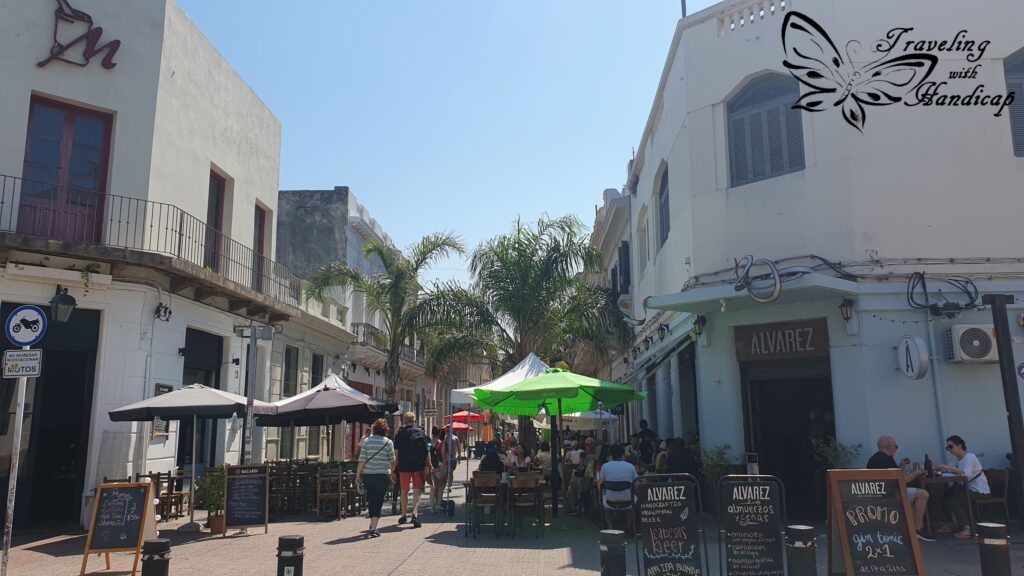
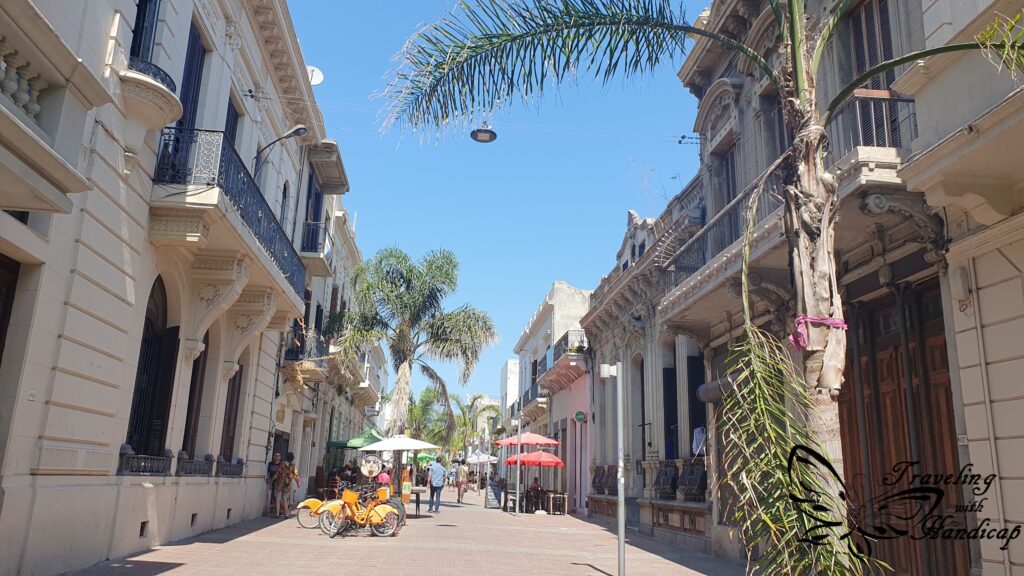
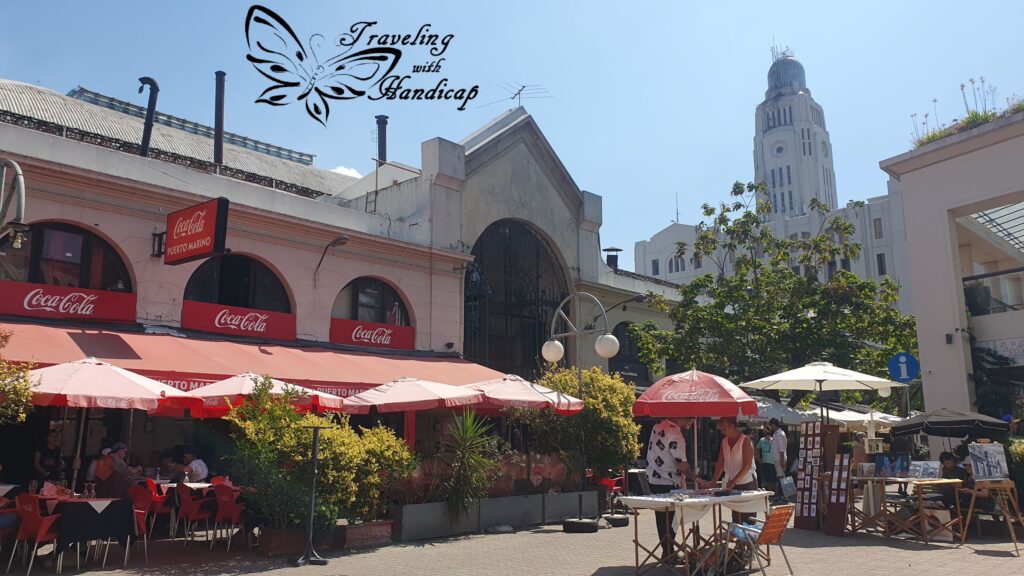
How to…
… get around the country?
I recommend by bus or by car. Depending on where you want to go, how far it is and if you need 4×4. I was positively surprised about, firstly, how organized everything went at the bus stop. Secondly, about the effort for wheelchair users. Pictures speak more than words.



… get to Montevideo from Buenos Aires
There are a few buses from Retiro, Buenos Aires. Not many, though, and only during the night. I went to Montevideo by bus and arrived by 5am in the morning. Luckily, I already had the code for the door of my accommodation, so I slept again in the common area. Since the border crossing was past midnight and the streets had an amazing quality of bump holes, I didn’t sleep too much.
You might also take a ferry (Colonia Express or Buquebus) which I did on my return trip from Colonia del Sacramento.
It’s not worth flying, I’m not sure if there are even connecting flights. If you have an international overseas flight and want to visit both Montevideo and Buenos Aires, just go with the cheaper flight you get. 😉
… get back to Buenos Aires
I took the ferry from Colonia del Sacramento to Buenos Aires. More exactly, I went with Colonia Express. You have to emigrate at the harbor terminal and wait until boarding time. You have all your luggage with you, there is no service as for planes. Even if the ferry is not fully booked, plenty of people even fit on a half-booked ferry. Therefore, the waiting time in queues for boarding and back in Argentina for immigration can be very long. Indeed, the ferry ride took approximately 50 minutes only. However, I had to wait in the queue for immigration for another hour – carrying my backpack. I didn’t queue again for the taxi, instead, took a bus to the hostel.
… Payments
It was very easy to pay with credit/debit card, even little amounts. The only two things that I needed cash for were the buses within Montevideo as well as the Faro in Colonia del Sacramento. I always asked if they accept card payment and staff always looked at me like “of course, why do you even ask”.



